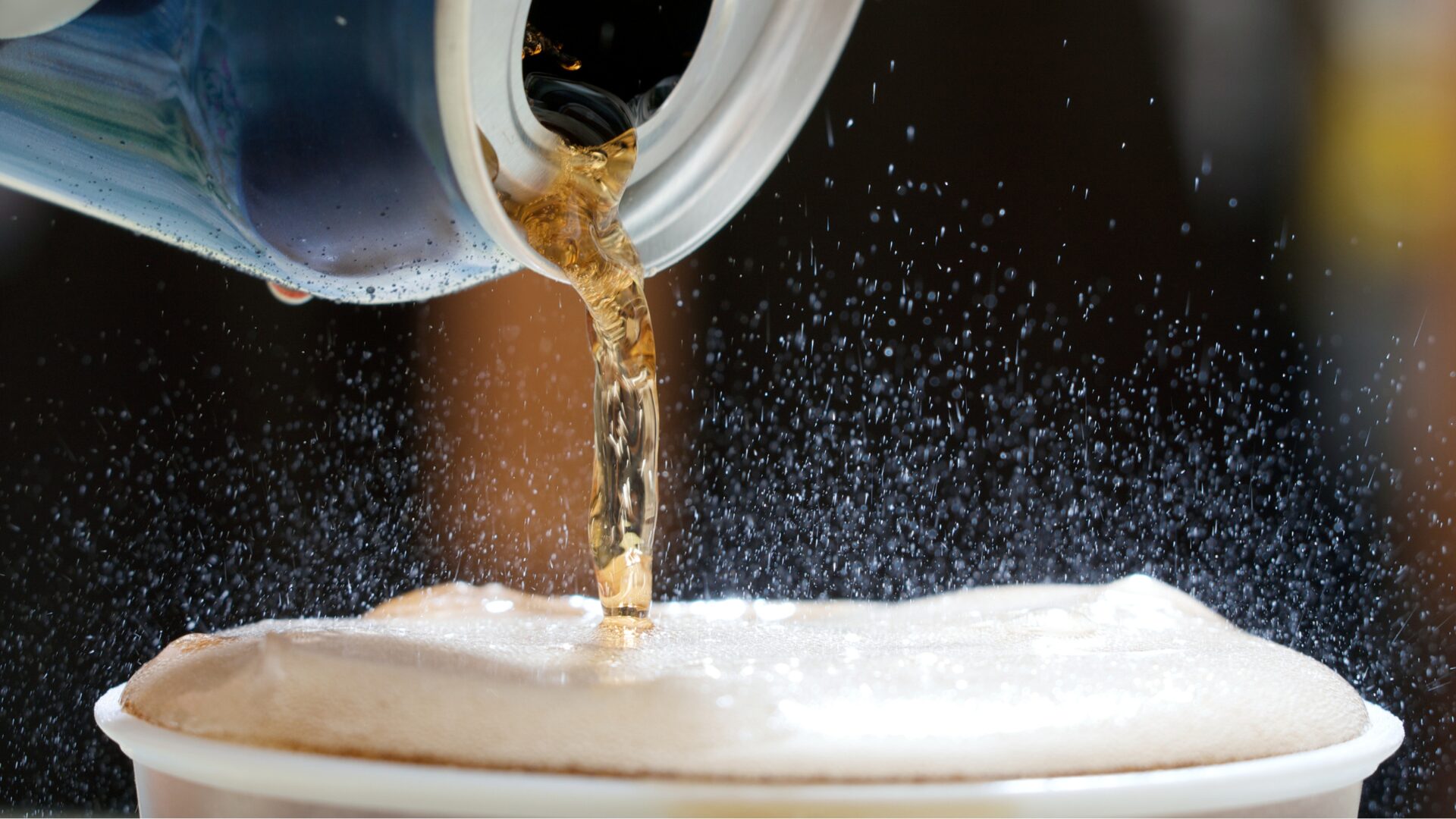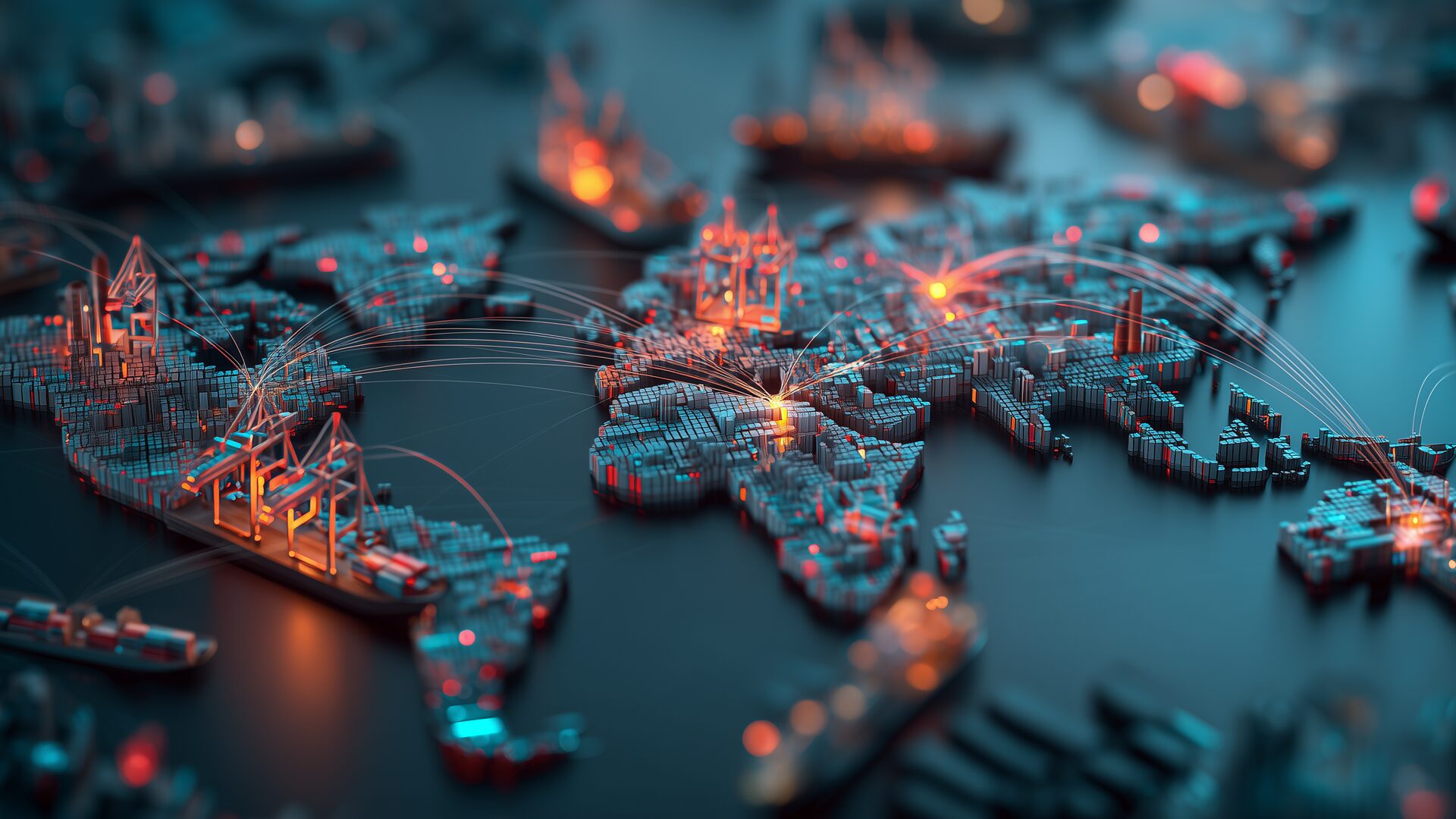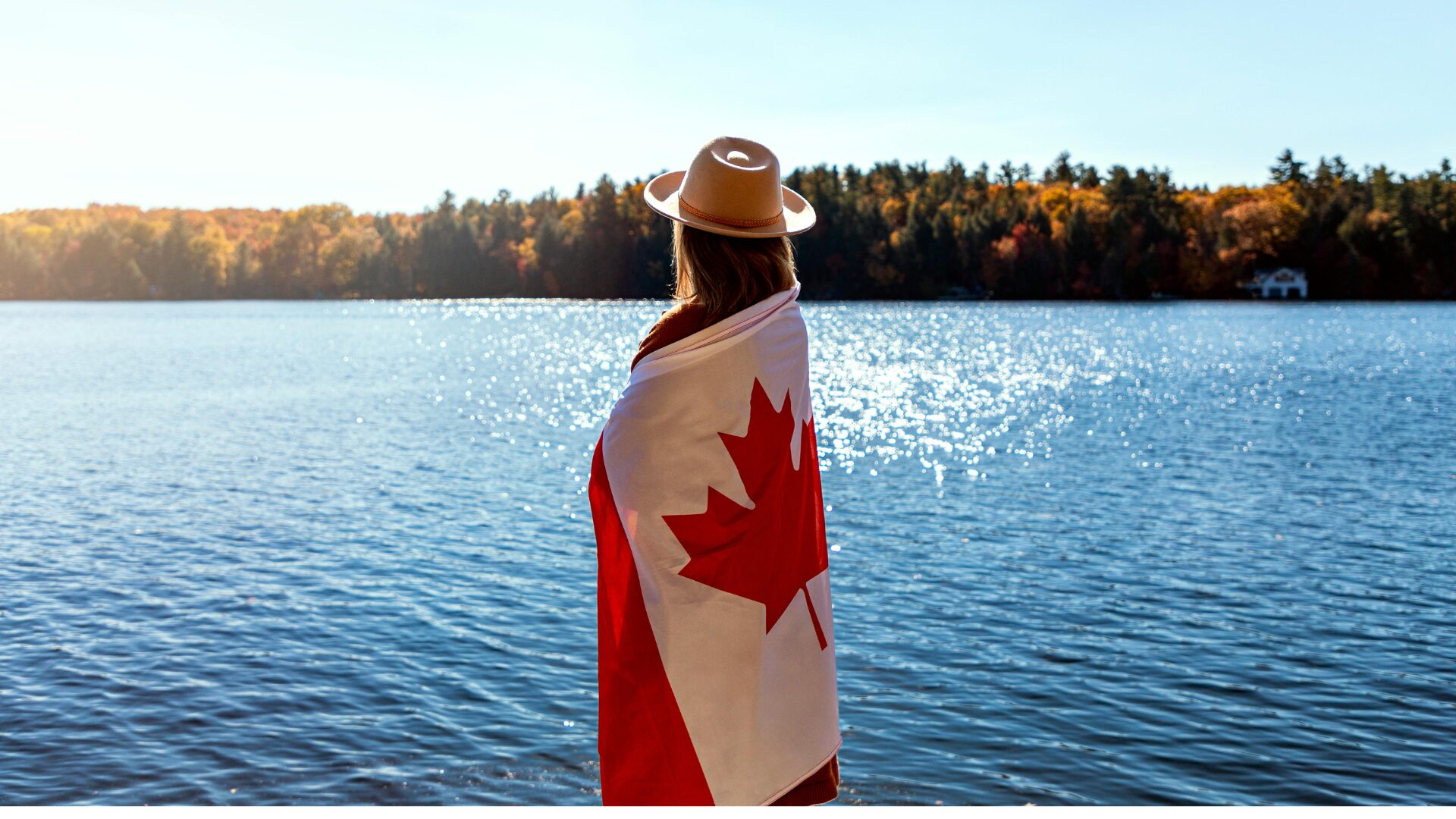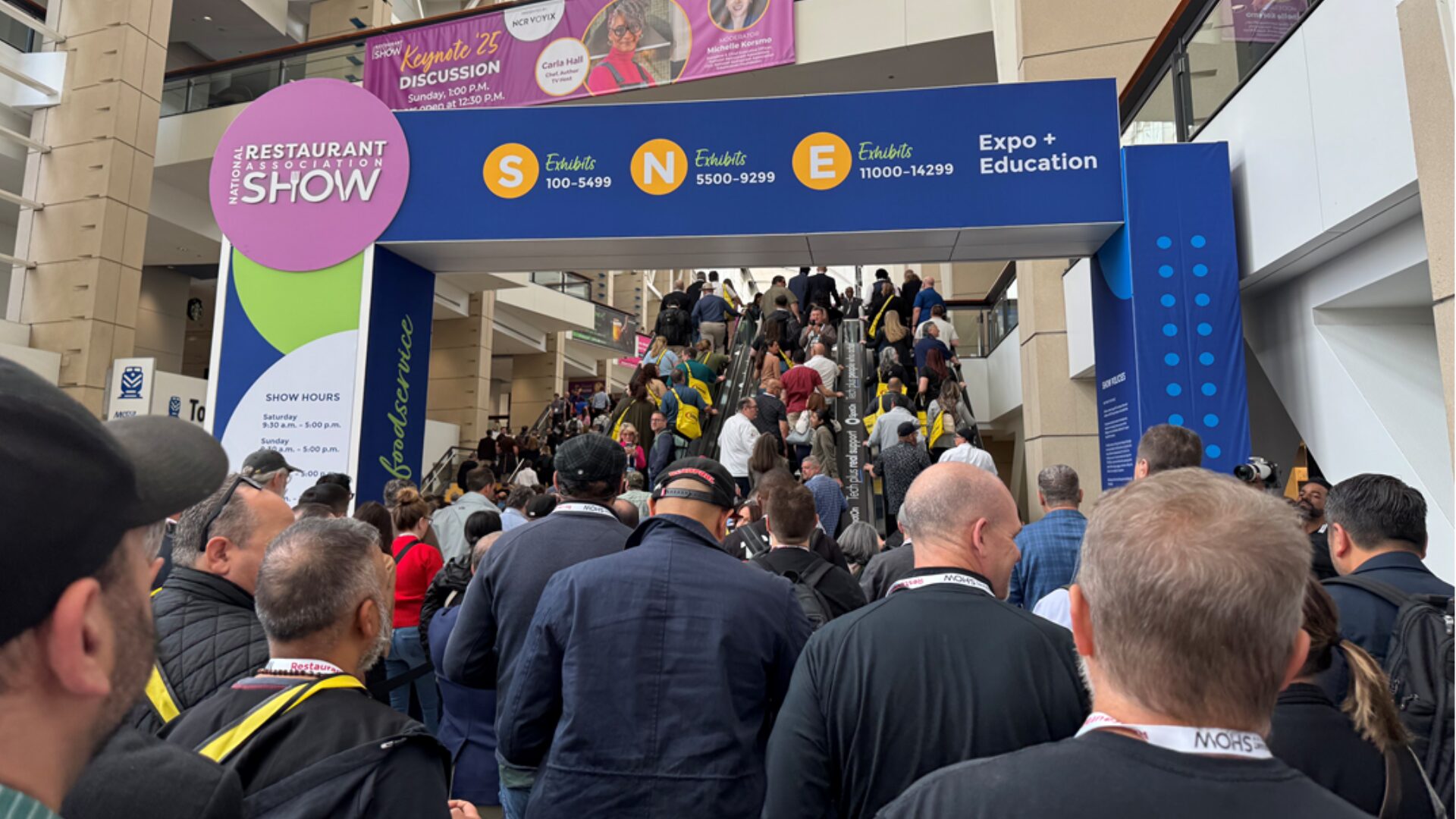Today’s health-conscious consumers are searching for beverages that help support their overall wellness while still tasting good. Healthier categories have taken off in response, with the better-for-you beverage segment accounting for $125 billion in annual sales, according to Aqwi Organics.
Sparkling Water
One of the top spaces that consumers have positively responded to is sparkling water. Many beverage brands have put out their own version in an array of flavors, usually devoid of sugar.
As of Aug. 10, 2019, sparkling flavored water reported $2.45 billion in annual retail dollar sales, according to Nielsen data. While still a fraction of the larger carbonated soft drink category—which saw $26.5 billion in sales as of Aug. 10, 2019—its growth contributed to the declining numbers for soda, reported BevNet.
Over the past few years, big beverage brands made acquisitions and put out their own sparkling water products. In 2017, the Coca-Cola Co. purchased Southwest regional player Topo Chico and rolled out flavored sparkling lines for Dasani and Smartwater. Cola-Cola also launched AHA caffeinated sparkling water in 2020, it’s first new brand in 13 years.
“As the largest and fastest growing part of the category, mainstream flavored sparkling water is a segment we know we must double-down on,” said Celina Li, VP of Coca-Cola North America’s water category. “AHA is our big-bet brand in this big-bet category.”
Additionally, in late 2019, Danone became the exclusive distributor of Ferrarelle sparkling water in the U.S.
One of the first major players in sparkling water was National Beverage Corp.’s LaCroix. However, it later faltered and experienced months of declining dollar sales and distribution struggles. Still, the brand reported more than $429 million in year-to-date sales as of Aug. 2019, according to IRI.
Interestingly, the category leader is not Pepsi or LaCroix, but private label. Private label products accounted for $530 million in year-to-date sales as of Aug. 2019, according to IRI, making it more than a fifth of the entire category.
This suggests that most consumers aren’t focusing on a particular brand when choosing their sparkling water, but instead opting for the lowest priced or most accessible options.
Energy Drinks
Consumers demand more out of their energy beverages. They want drinks to supplement their diets, provide recovery from a workout, as well as boost their energy, reported Winsight Grocery Business.
Manufactures of better-for-you beverages are responding and innovating in the category. “Today, consumers want more out of their beverage, more out of their food, more out of what they are consuming,” said John Fieldly, CEO of Celsius, a maker of functional beverages based in Boca Raton, Florida. “They want real ingredients.”
Celsius’ healthy energy beverages use guarana seed extract from the Amazon rain forest as the main source of caffeine, reported Eat This, Not That, which ranked the drink in its top 10 healthy energy drinks of 2020. It contains ginger root to increase metabolism and support thermogenesis in the body. It also uses chromium to help stabilize blood sugar levels.
Also on the list are Hiball Sparkling Energy Water—featuring only six ingredients including carbonated water, natural flavor, caffeine, ginseng, guarana extract, and B vitamins—as well as Zevia Energy that boasts 120-mg. of caffeine and zero calories and sugar.
Ranked number one was EBOOST Super Fuel, which was also featured on BevNet’s “Best New Products” of 2019. In addition to caffeine, it includes a healthy blend of vitamins and minerals and no artificial flavors, colors, or sweeteners. It also possesses nootropics to aid cognitive function.
Recently, Winston-Salem, NC-based Sunshine Beverages launched its better-for-you energy drinks and sparkling energy waters at Harris Teeter, reported Triad Business Journal (June 15). Sunshine’s beverages contain 70 mg. of natural caffeine per 12-oz. can, which is similar to a cup of coffee, plus a blend of vitamins and electrolytes.
Harris Teeter stores have added Sunshine’s Ginger Berry and Blueberry Lemonade to the energy shelf, with some North Carolina stores also carrying Ginger Berry and Clementine Twist multi-packs.
Spiked Seltzer
After jumping into the spotlight a few years ago, it is clear that hard seltzer isn’t just a fad.
In fact, it has evolved into its own category, according to Brandy Rand, COO of market research firm IWSR, reported Brewbound. Rand said hard seltzers are meeting consumers’ desire for “refreshing, flavorful beverages that are low in calories with little to no sugar.” She also noted the seltzers are cutting across all demographics and age groups.
In 2019, hard seltzer’s share of total beverage alcohol in the U.S. grew to 2.6%, up from a little under 1% in 2018. Volume of hard seltzer in the U.S. hit around 82.5 million cases in 2019 and volumes are expected to more than triple to 281 million cases by 2023, according to IWSR.
More than half of U.S. alcohol consumers drink hard seltzer at least once a week, with an average of 2.83 cans per occasion, Rand added.
According to Sanjiv Gajiwala, senior VP of marketing for Mark Anthony Brands, which produces White Claw and Mike’s Hard Lemonade, consumers are gravitating toward flavor. Mark Anthony Brands is expecting White Claw sales to double, or even triple, its sales in 2020, according to Gajiwala. To keep up with demand, the company is investing $385 million to build production facilities in New Jersey and Arizona.
Following the success of White Claw, other brands have taken a stab at spiked seltzers, such as Boston Beer Co.’s Truly Hard Seltzer, which has also experienced success in the category.
Anheuser-Busch’s Bud Light Seltzer hit the shelves in Jan. 2020 and quickly became the third-most popular spiked seltzer, only following White Claw and Truly, according to Nielsen. Danelle Kosmal, VP of Nielsen’s beverage alcohol practice area, told CNN Business that Bud Light Seltzer is the fastest launch of any spiked seltzer ever, mostly due to it being available in twice as many stores within weeks of its release compared to its competitors in their first year.
With the launch of Bud Light Seltzer, Anheuser-Busch now sells three of the top five brands with the others including Natural Light Seltzer in fourth, and its original spiked seltzer Bon & Viv in fifth.









